There's something magical about having a beautiful fountain in your garden or backyard. Outdoor water fountains are a beautiful addition to any garden or backyard. The soothing sound of flowing water can create a tranquil atmosphere and add an elegant touch to any outdoor space. However, if you've noticed that your fountain is losing water, it can be a cause for concern. Don't worry, this can be a frustrating problem, but fortunately there are ways to prevent it. In this blog post, we'll explore seven common reasons why your fountain may be losing water and provide you with some practical tips on how to prevent it.
Reason #1 Evaporation
One of the most common reasons for water loss in fountains is evaporation. The constant exposure to sunlight and air can cause the water to evaporate over time. While a certain amount of evaporation is natural, excessive evaporation can lead to significant water loss.
Solution #1
To combat this, make it a habit to regularly top off your fountain basin with fresh water. Consider using a cover or adding more shade to minimize direct exposure to the sun. Using a fountain cover while your fountain is not being utilized can help keep the water in your fountain cool and reduce the rate of evaporation. You could also apply a fountain sealant. Fountain sealants are designed to create a protective layer on the surface of the water, which can help reduce evaporation and prevent water loss.
Reason #2 Splashing & Overspill
While the splashing sounds of water can be delightful, excessive splashing and overspill can lead to water loss. Also, if your fountain has a high flow rate or is not positioned correctly, it can cause splashing.
Solution #2
If your fountain seems to be splashing too much, adjust the flow rate using the dial/switch on the pump, or reposition the nozzle to minimize splashing. Additionally, ensure that the water level is below the rim of the basin to prevent unnecessary overspill.
Reason #3 Leaks & Cracks
Leaks and cracks can develop in your fountain over time, causing water to escape. Check for any visible signs of damage, such as cracks in the basin or loose connections. If you spot any issues, repair them promptly to prevent further water loss. Depending on the severity of the damage, you may need to consult a professional for assistance.
Solution #3
Cracks in water fountains can occur due to a variety of reasons, including weathering, freezing, and thawing, or general wear and tear. Here are some steps to take care of cracks in water fountains:
- Drain the fountain: Before you begin any repairs, ensure that the fountain is drained of all water. You may need to remove the pump to access the crack fully.
- Clean the crack: Use a wire brush or sandpaper to clean the crack thoroughly. Remove any loose debris or dirt and ensure that the area is dry before proceeding.
- Fill the crack: Use a clear silicone II repair sealant material to fill the crack in fiberglass or stone fountains. Use a manufacturer-recommended epoxy for concrete, cement or other materials.
- Sand and smooth the surface: Once the repair material has cured, use sandpaper to smooth the surface of the repair, so it blends in with the surrounding material.
- Seal the fountain: Apply a waterproof sealant to the entire surface of the fountain to help prevent future cracks and protect the surface from weathering and other damage.
Reason #4 Wind

If your fountain is located in an area with high wind, it can cause water loss. Strong winds can cause water to splash or blow out of your fountain, resulting in water loss.
Solution #4
Consider placing your fountain in a sheltered area or installing a windbreak or privacy screen to reduce the impact of gusts. If your fountain has adjustable features, such as flow rate or nozzle direction, adjust them accordingly to minimize the effect of wind on water loss.
Reason #5 Surrounding Vegetation/Plants

Plants require water to live and thrive just like everything else. If there are plants or other vegetation growing on or really close to your fountain, they will also absorb the water and cause your fountain to drain more quickly.
Solution #5
Cut back the plants and pull the weeds out from around and in your fountain. If plants are placed by your fountain, prune them so the leaves are not in contact with the fountain. You could also consider adding a trellis to your planters for your climbing plants to grow on.
Reason #6 Water Quality and Algae Growth

Water quality and algae growth can affect the water level in your fountain. Algae can clog the pump and pipes, causing water loss.
Solution #6
To prevent poor water quality and algae growth, use a water treatment product or add an algae inhibitor to the water. Regularly cleaning the fountain, including the pump and filter, will also help maintain optimal water quality and minimize any potential clogging issues.
Reason #7 Wildlife and Pets

If you have wildlife or pets in your area, they might be responsible for your fountain's water loss. Birds, for example, may take a dip or drink from your fountain, causing water to spill over. Pets might also be attracted to the water source, leading to accidental spills or consumption.
Solution #7
Consider installing a bird net or deterrents to keep wildlife away from your fountain and train your pets to avoid playing in or near it or install a garden fence around it to keep them. For other ideas on deterring birds from your fountains, check out this blog post.
By understanding the common reasons behind water loss and implementing preventative measures, you can keep your fountain flowing beautifully for years to come. Remember to regularly top off the water, inspect for leaks and cracks, address splashing and overspill issues, safeguard against wildlife and pets, maintain water quality, and protect against wind. With these simple steps, you can enjoy the serenity and beauty of your fountain without worrying about water loss. Happy fountain-keeping!
To contact Sunnydaze Decor with questions regarding a water fountain from our store, please send a message to our customer service team using the form provided here.
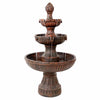
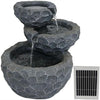
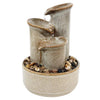

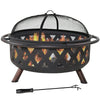
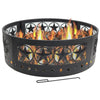

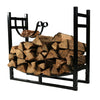
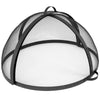
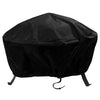
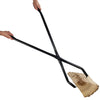
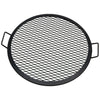






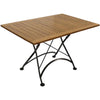
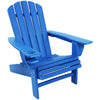


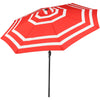
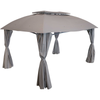

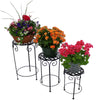

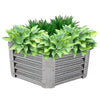
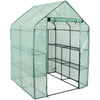
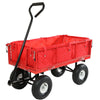
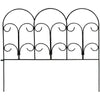
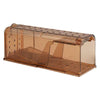
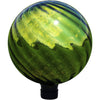



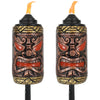


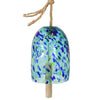




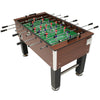

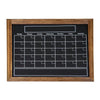





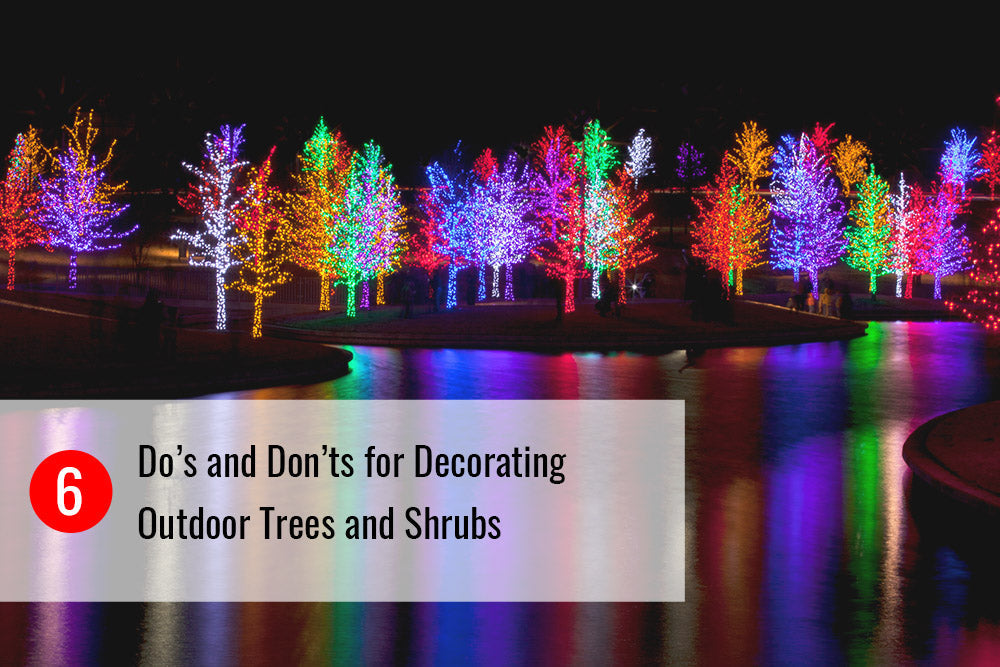








6 comments
Terie
I have a fountain that I have to fill at least twice to three times a day. It has no cracks I changed out the basin to a ver much bigger one thinking that would help. What is going on????
GR Landscape
Great article, Alicia! Your tips for preventing fountain water loss are practical and spot-on. I appreciate the advice on combating evaporation and tackling splashing, leaks, and other issues. Your article is a valuable resource for fountain owners. Thanks for sharing!
Diane
I bought a used birdbath fountain at a great deal but I found a huge crack on the underside where bowl meets stand. There are also perfect holes near the bowl and stand. Can the crack be repaired and do the holes have a purpose?
Linda Lee
I will fill fountain, and it is a large (24 × 13″) and deep 6" basin. Everything performs great for 3 days, then on 4th morning a least 3" disappear overnight. The tube is in lace, no splash. The surrounding ground and patio, ug is dry. Only dig us small, who sleeps with me and cannot jump out of bed. A Crack I could understand. But to be fine for 3 days. Then overnight disappear? Suggestions? Thank you, Linda
Wentis Malard
This is a great blog, but I’m having the reverse problem: my fountain is constantly producing water no matter what I do. It’s not plugged into anything, power or water line, yet hasn’t stopped generating water. It’s already drowned one bird. Help
Shelly
Thank you Alicia! This info was very helpful. I have a fairly new fountain and this will help me be aware in the future!